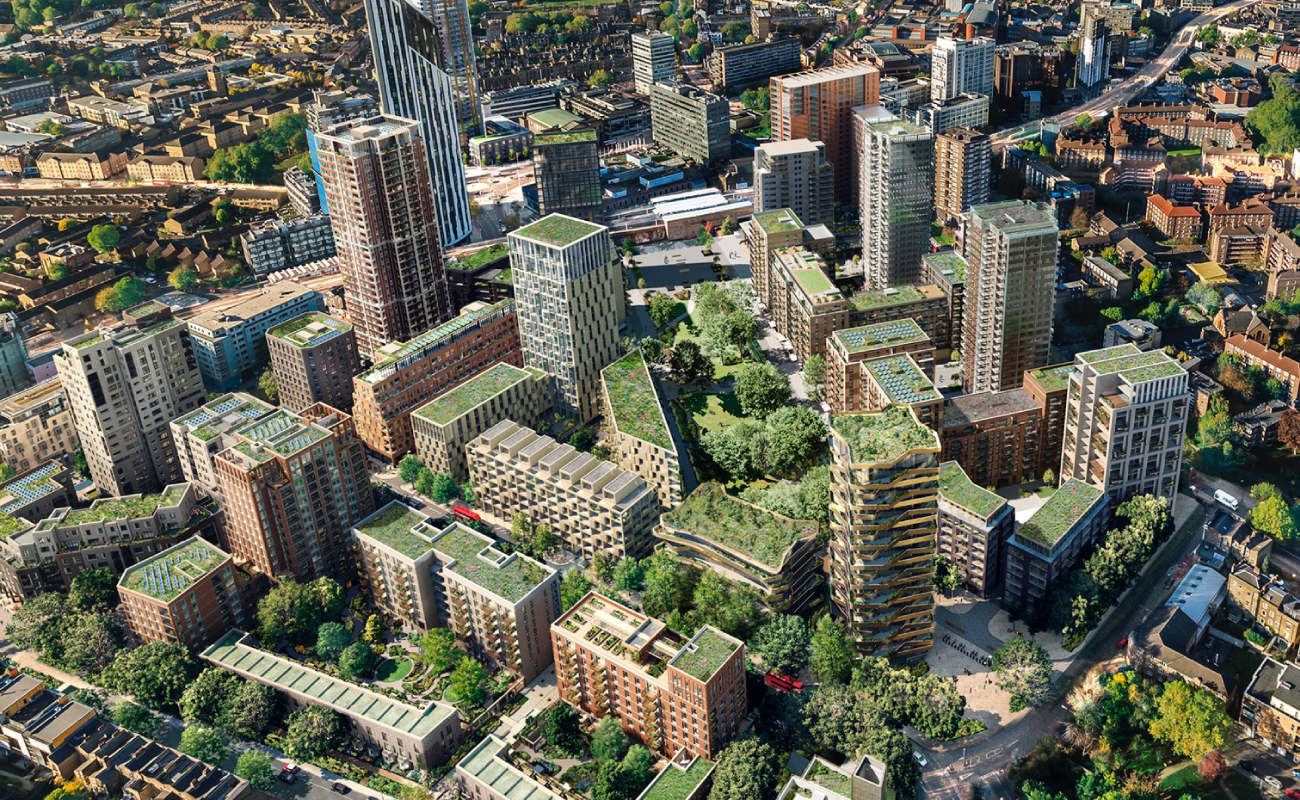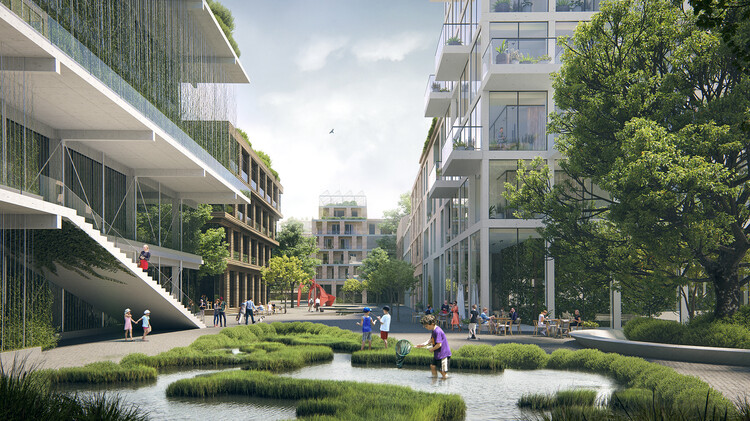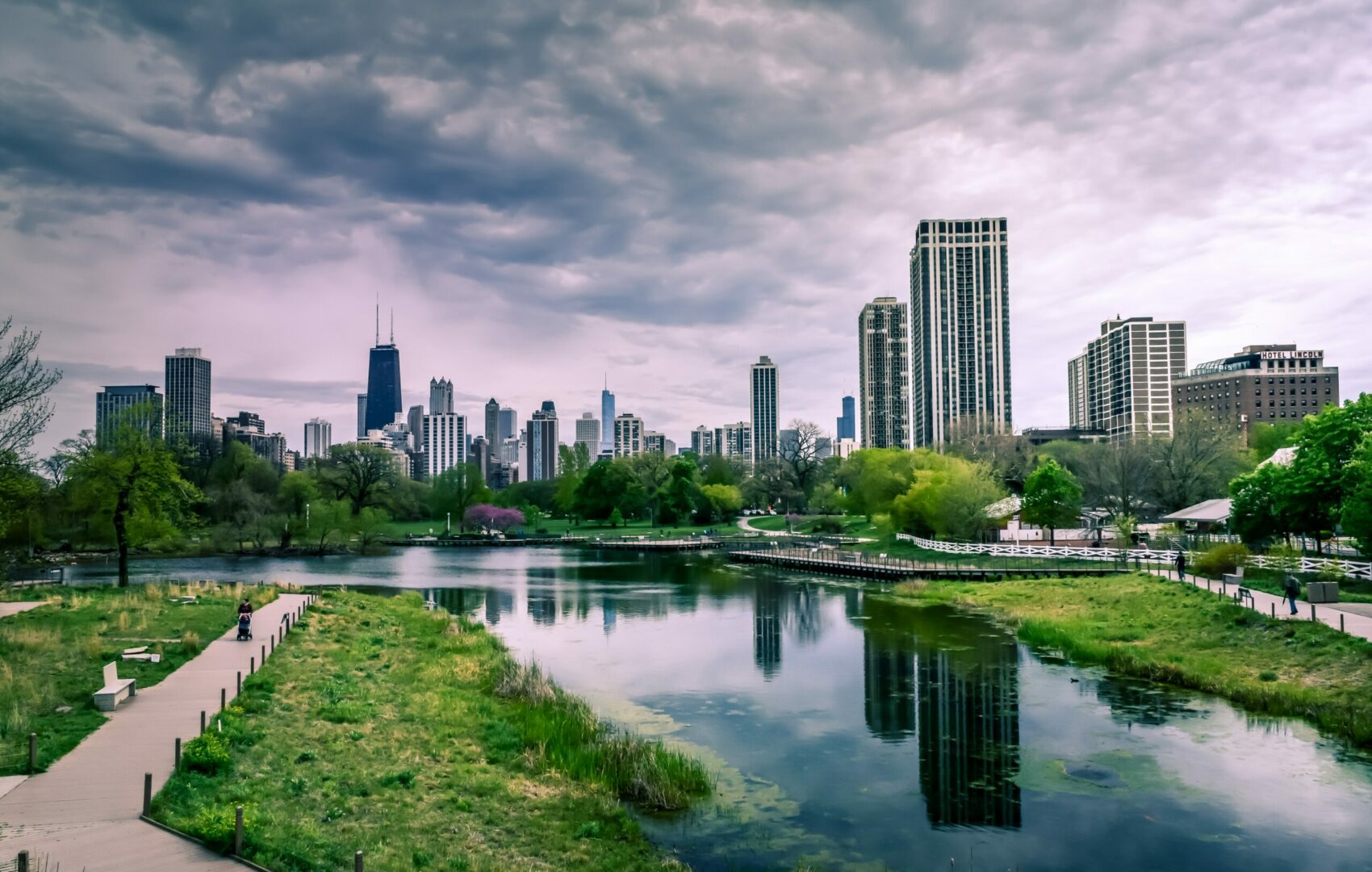
Urban renewal projects, beyond their transformative effects on cities, bring a host of benefits to communities and residents. These initiatives, ranging from the restoration of historic landmarks to the enhancement of infrastructure and the promotion of sustainable development, can significantly improve living standards. In this comprehensive guide, we'll explore the world of urban renewal projects, their significance, processes, examples, and impacts, shedding light on their pivotal role in shaping the future of cities.
Urban renewal is about breathing new life into urban areas that have fallen into disrepair or neglect due to weather or politics. It involves a realistic approach to revitalizing neighborhoods, encompassing physical, social, and economic aspects. Urban renewal projects address various challenges cities face, such as deteriorating infrastructure, blight, crime, and social inequality. By investing in these areas, cities can create vibrant, inclusive communities where people can live, work, and thrive.

Urban renewal is essential for several reasons. Firstly, it helps cities remain competitive and attractive in a rapidly changing world. By revitalizing neighborhoods and enhancing amenities, cities can attract businesses, tourists, and new residents, driving economic growth and prosperity. Additionally, urban renewal improves the quality of life for existing residents, providing them with better housing, infrastructure, and recreational opportunities. Furthermore, urban renewal projects can address social and environmental challenges, such as reducing crime, improving public health, and mitigating the impacts of climate change.
Urban renewal projects typically follow a systematic process that values the input of all stakeholders. It starts with comprehensive planning and assessment, where city officials, urban planners, and community members come together to identify areas needing renewal and develop a vision for the future. This collaborative approach may involve conducting surveys, analyzing data, and consulting with stakeholders to understand their needs and priorities, ensuring that everyone feels included and valued in the process.
Once the vision and objectives are established, the next step is to secure funding for the project. This could come from various sources, including government grants, private investments, philanthropic organizations, and public-private partnerships. Obtaining financing is often a crucial step in ensuring the success and feasibility of urban renewal projects.
With funding secured, the implementation phase of urban renewal projects commences. This stage involves not just physical improvements to infrastructure, public spaces, and community amenities, but also active engagement with the community. By soliciting feedback and ensuring that the project aligns with residents' needs and aspirations, urban renewal projects can foster a sense of ownership and community pride.

Urban renewal projects come in many shapes and sizes, tailored to each city's specific needs and characteristics. Some common examples include:
Urban renewal projects have a lasting impact on cities and their residents, reshaping landscapes, revitalizing neighborhoods, and improving quality of life. These initiatives not only stimulate economic development, create jobs, increase property values, and attract new investments, but also foster social cohesion, promote community engagement, and enhance the overall well-being of residents. By investing in urban renewal, cities are not just improving the present, but also creating more resilient, sustainable, and equitable communities for future generations.
Urban renewal projects play a crucial role in shaping cities' futures, revitalizing neighborhoods, and enhancing residents' quality of life. By addressing various challenges and seizing opportunities, cities can create more vibrant, inclusive, and sustainable communities. However, urban renewal is a complex and dynamic process that requires careful planning, collaboration, and investment. By embracing urban renewal as a strategic tool for growth and development, cities can unlock their full potential and create a brighter future for all.
Some Of Previous Articles:
(Alternative Property Investment Opportunities)
(Infrastructure Projects and Their Impact)
Information and statistics for This Post Provided by Yoohoo Homes.